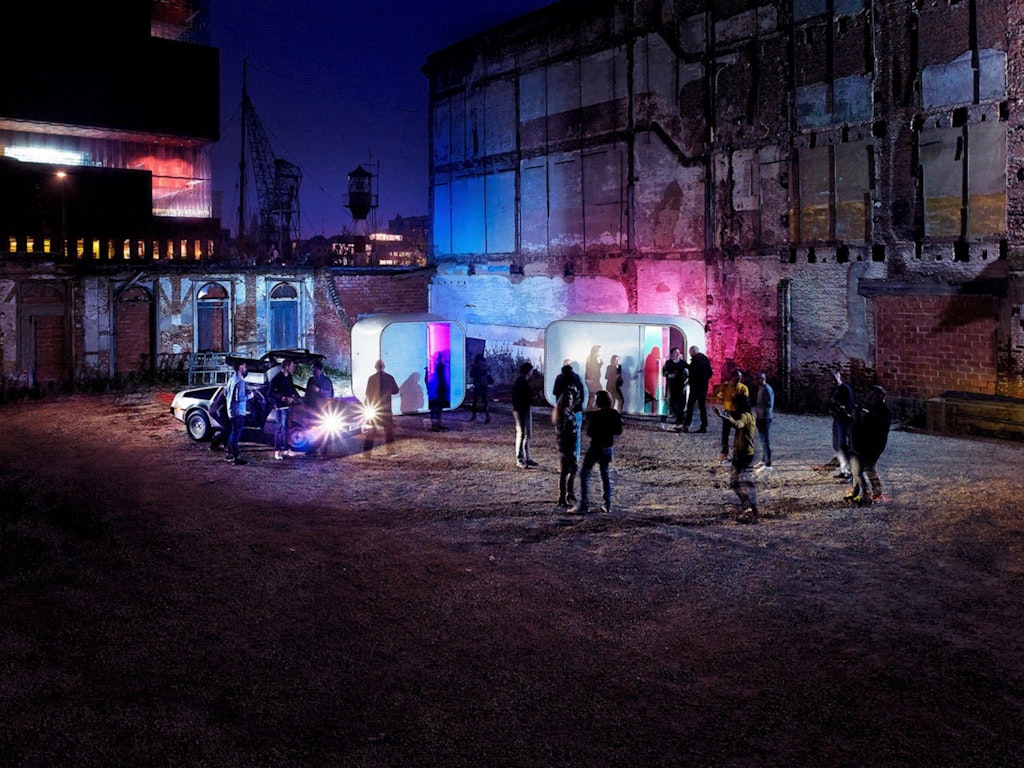WorldHomelessDay 2019
Back in the early 2000’s I was working on a personal project researching the possibilities of emergency shelters using inflatable technologies. The focus was on flood disasters and the associated challenges of not only accessing sites with equipment, but supply chains and the ultimate need to securely erect shelters that, once in situ, would not be torn away!
Part of this work bought me into contact with a fascinating young Japanese student from the Architectural Association in London. He had observed through his research that often the process of deployment of humanitarian shelters was mainly undertaken by the military on behalf of their governments in the effected region. It follows a well programmed set of actions to deliver a predetermined system. The deployment process as a result was very much focused on the military view to solving a problem rather than taking a balanced view regards the challenges being faced from the human side. This is certainly not to say the military do not have a huge and positive impact in these cases. On the contrary they are critical and have our utmost respect for the challenges they over come to deliver no matter what.
With a military approach, access roads will be constructed followed by zones created for cost effective, fast deployment of shelter in lines being the most efficient way to construct due to the receptiveness. The strategic view of this first stage deployment is based on immediate needs and relatively short term view to problems solving. We agree that it is essential to act fast and provide immediate solutions, but we should be aware of the legacy set out by such deployments.
The question is of longevity. It is well documented that temporary shelter, disaster relief and forms of support are often used for much longer than their initial design purpose covers.
Reflecting at the time on the above blocks of information had a profound impact on how we personally view temporary shelter, emergency accommodation or in fact any type of shelter we would work on again in the future. It was clear that the physical solutions needed to perform well beyond a few weeks and months, being able to be used for years in some cases. They need to be structures of influence, creating a demand and effect to the landscape they are erected. They are in effected the seeds of new communities, which need to evolve in a positive way. These shelters need to be inspiring, bring dignity and assist in rehabilitation.
Rapid deployment is essential as there is no time to waste. But there is a need to think very carefully around the type of product that meets these needs delivering on better. The needs are not just to support male or female – young or old, but to be sympathetic to the cultural heritage and ways of life.
This year we are pleased to have made a small step with some of our products being live tested in at a homeless centre in Chester. The product in question is our Snoozy sleeping pod. The high performance design and engineering meets a very human aspect of living. The pods are ideal for 1-2 people sharing, though mainly used singly for vulnerable people. The inside space has a soft warm feel, mood calm lighting and secure locking doors for peace of mind and safety. The most exciting thing for us is that we have taken a product initially designed for a premium market and have been able to retain these features to deliver a direct solution to a local need. It is a pleasure knowing that we have not reduced the quality of the product to meet commercial or political demands.
We don’t claim to have the answers to all shelter needs but as we learn more we are in a much better place to have a positive effect. As designers we will be challenging ourselves to go further. The information we receive from this initial project will help refine the products and solutions suitable to scale and help more and more people. We know the roots of these needs will not cured by what we do, but we know the spaces we provide go some way to getting the engird and inspiration back.
We have built a large stock holding of products now and are in a position to help more homeless charities and other operations with our solutions. We just need to connect.
Recently I was involved in a rather heated debate around deliberately limiting the quality of accommodation solutions provided for charitable needs. The subtext was if you make them too good you encourage others to come to you. I say make all of them brilliant so we help everybody feel loved and wanted. Everything we do should be simply better than what we did before, then we have a common progress towards a better future.
If you would like to talk to us more on this subject, then please contact us at info@airclad.com
